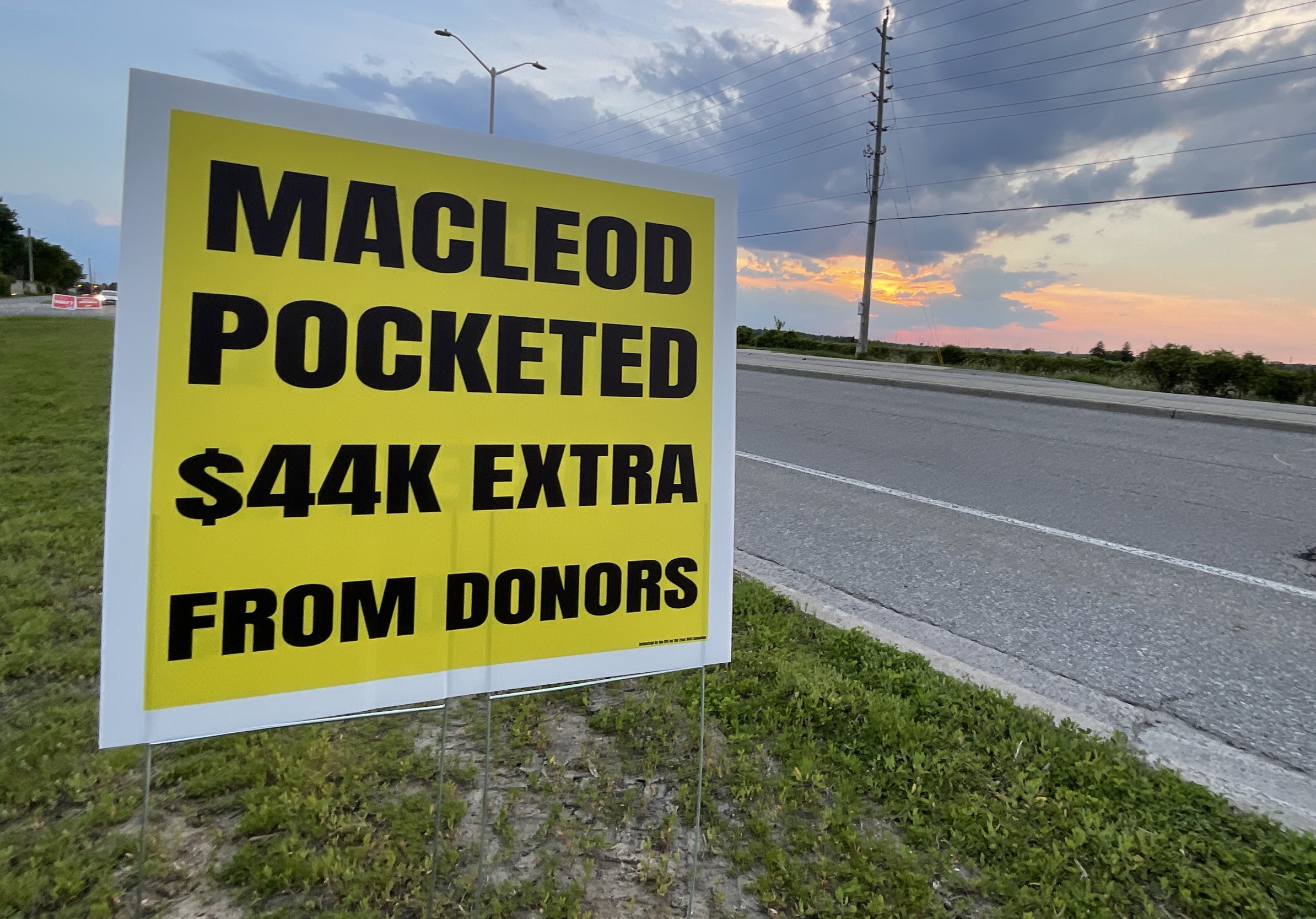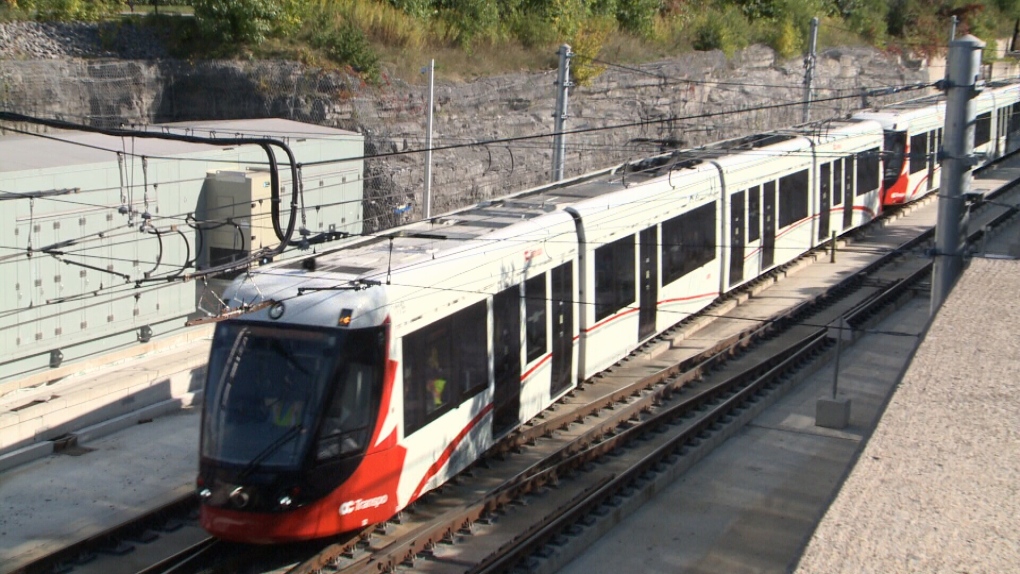Allandale25
Senior Member
Phase 3 mentioned during the campaign:

 barrhavenindependent.ca
barrhavenindependent.ca
Ford was in Ottawa to recommit his commitment to widen the highway between Highway 416 and Maitland Avenue. Other parties have attacked the idea, saying it brings a big price tag and little difference to commuters.
The Ontario PC candidate also committed to funding Phase 3 of Ottawa’s light rail transit system, which in a decade or so from now, would bring the trains out to Barrhaven and Kanata.
A public inquiry is currently underway to review Phase 1, which has been plagued with a variety of issues including: breakdowns, faulty doors, and derailments over its first four years. Ford called for the inquiry to ensure history doesn’t repeat itself with future phases.
“We want to make sure that any problems that happened in the past aren’t going to happen in Phase 3,” he said. “I can assure the people of Ottawa, we’re all in for Phase 3 as well, but I don’t want to see the same problems and the same concerns because it was disturbing what was happening in the other phases.”

Ford Calls For End To MPP Allowances - Barrhaven Independent
Doug Ford said he was "frustrated" to hear Nepean MPP Lisa MacLeod took an allowance from her riding association, and wants to bring an end to the practice.






